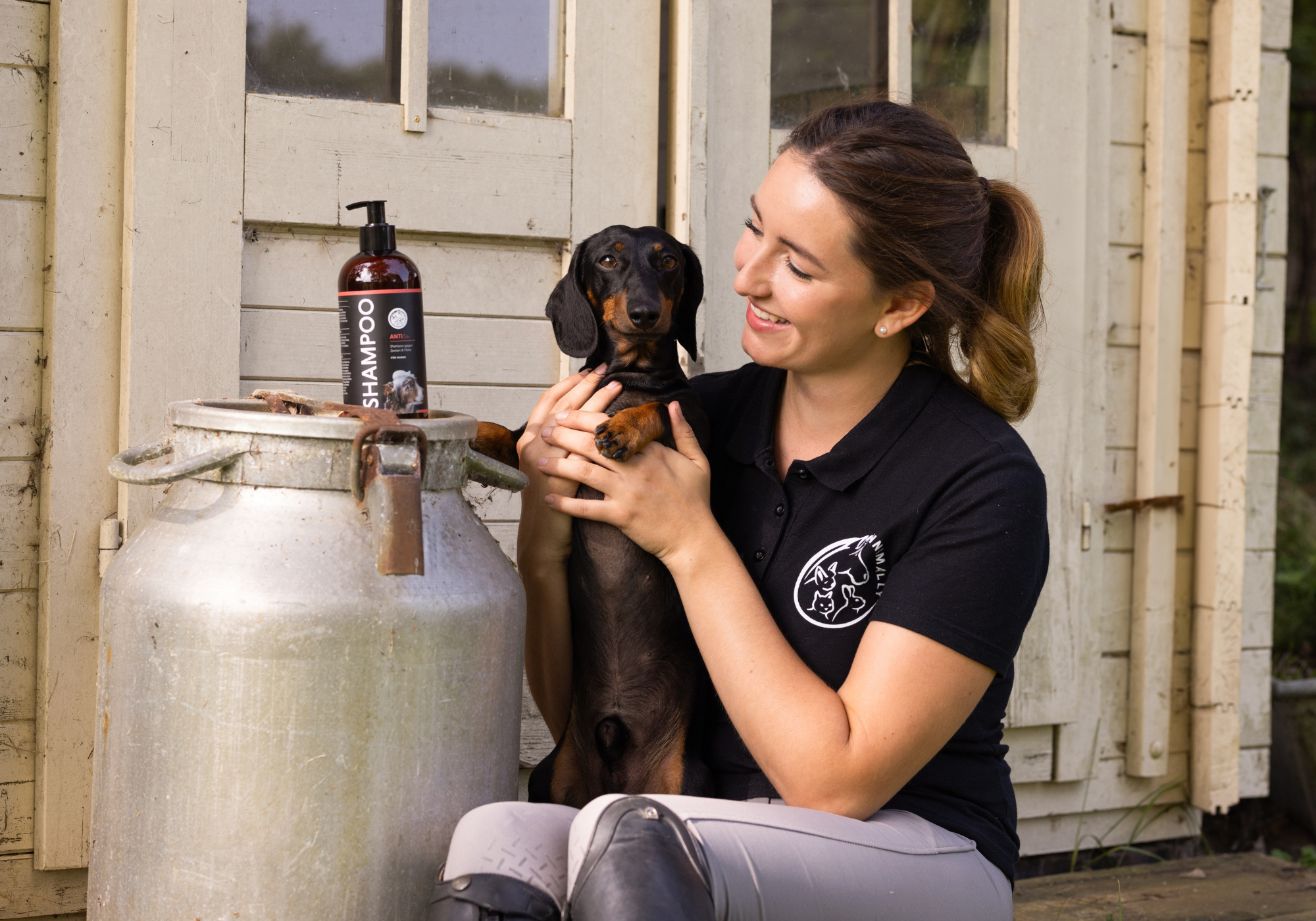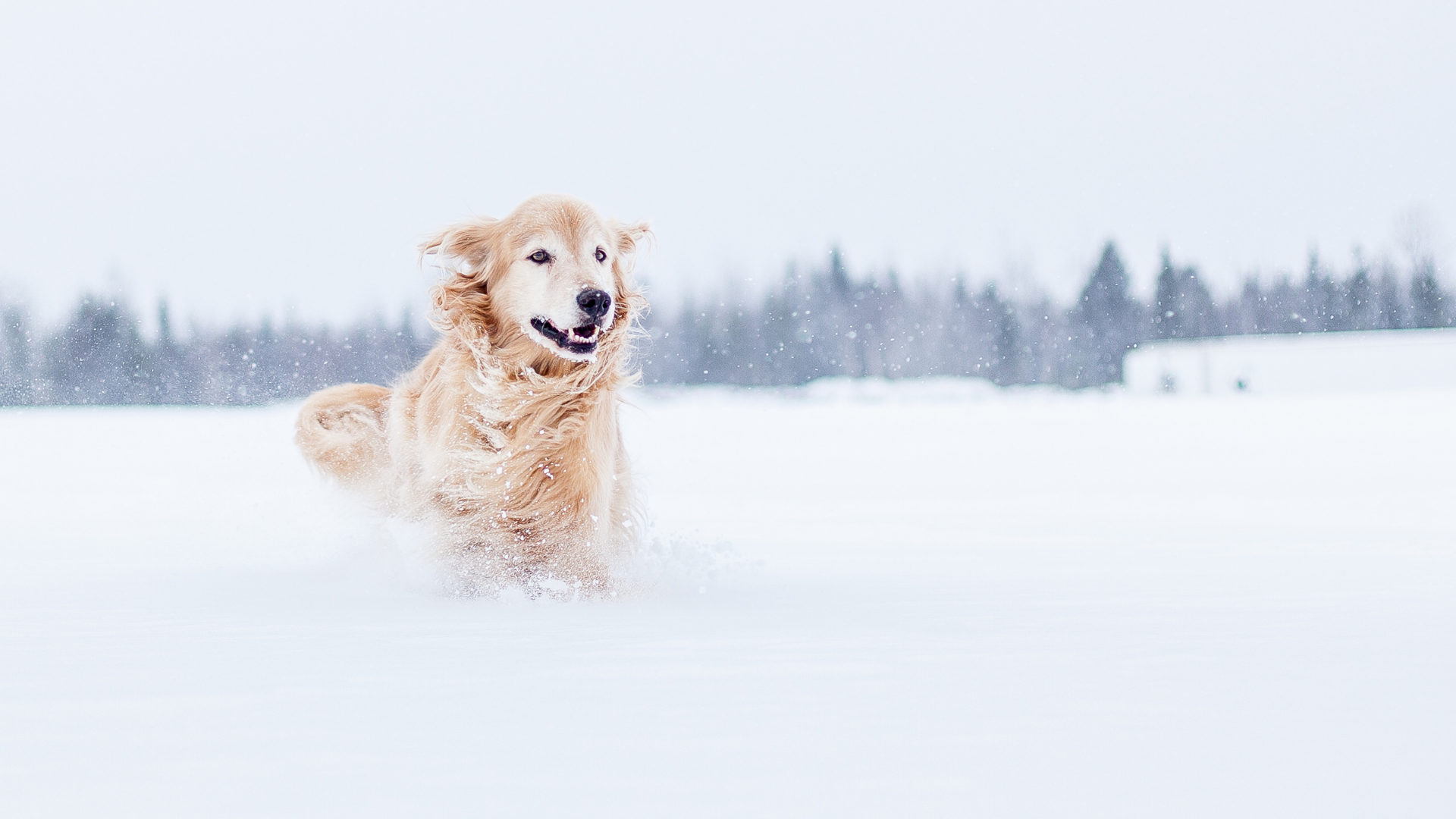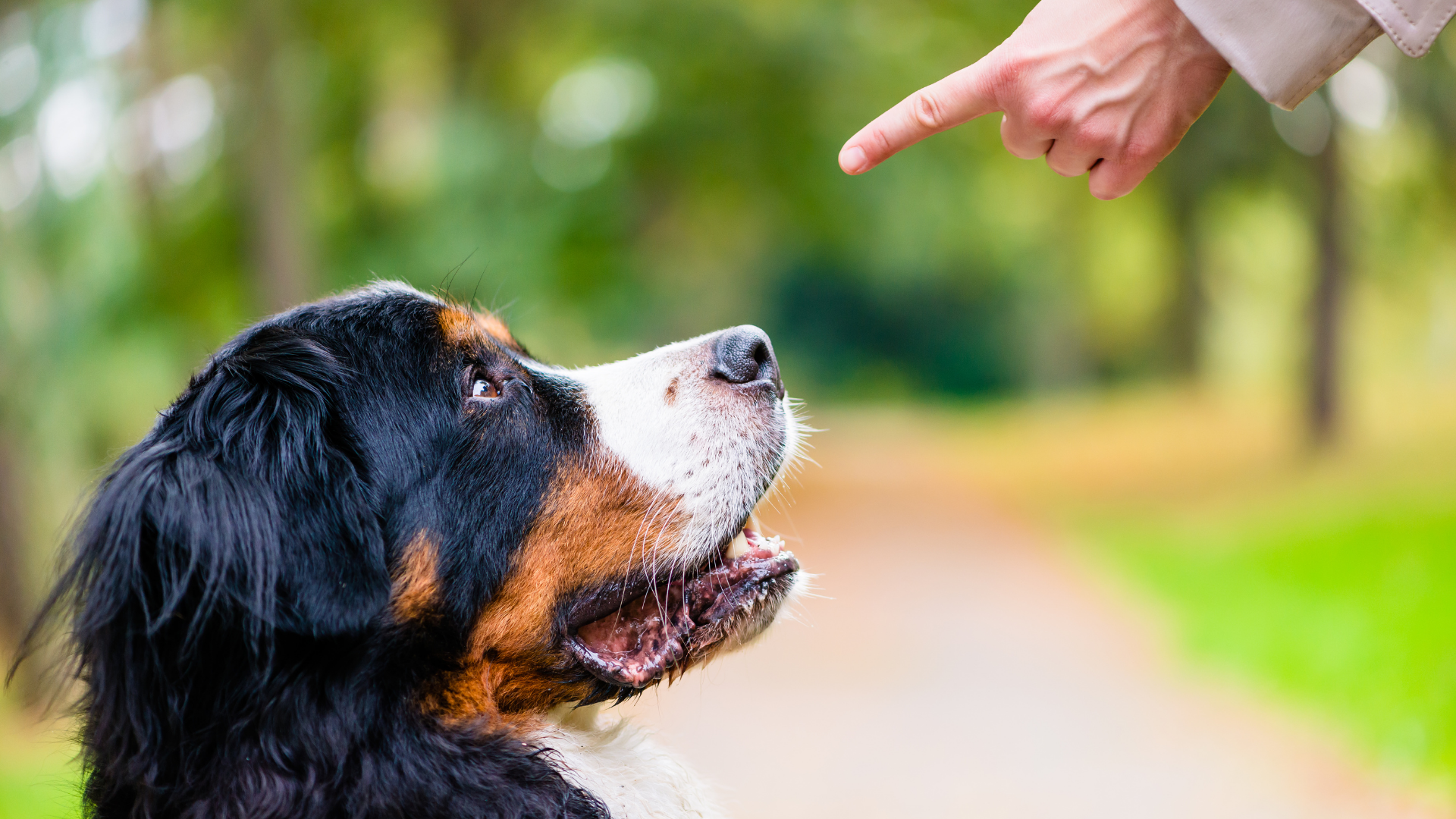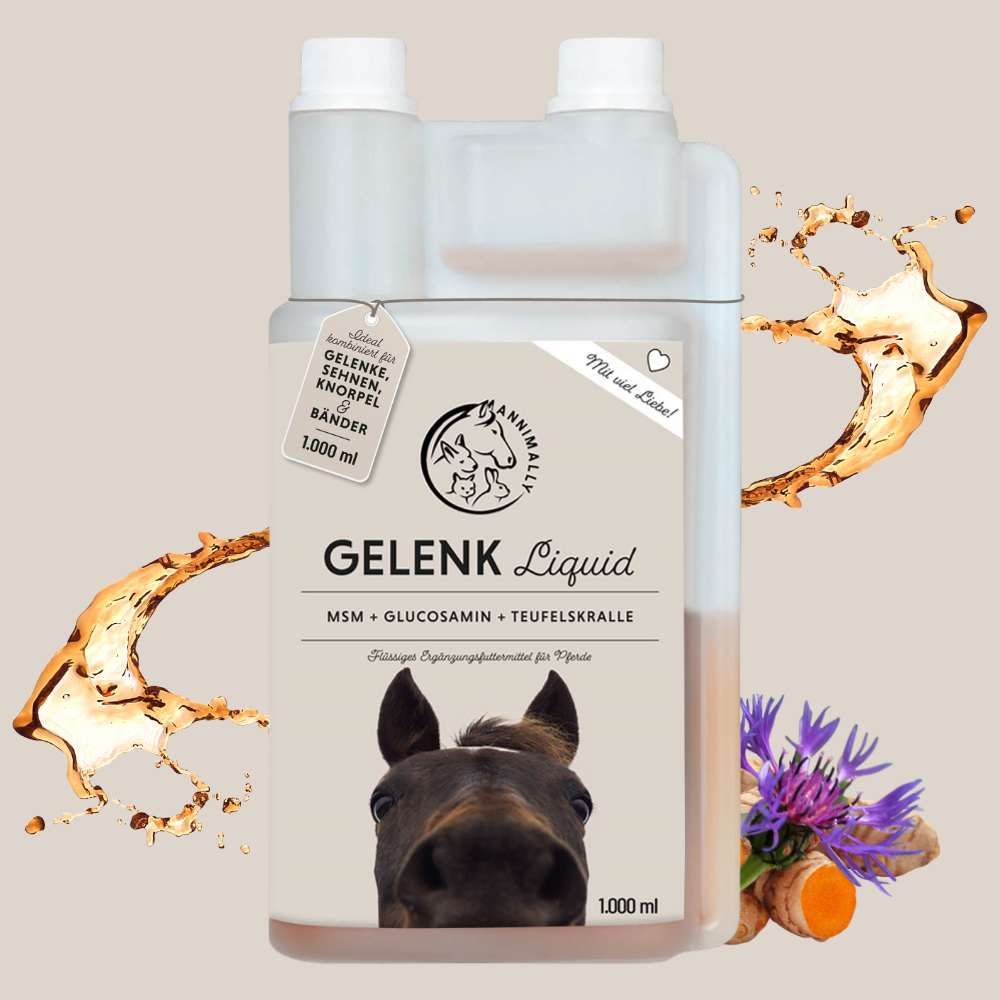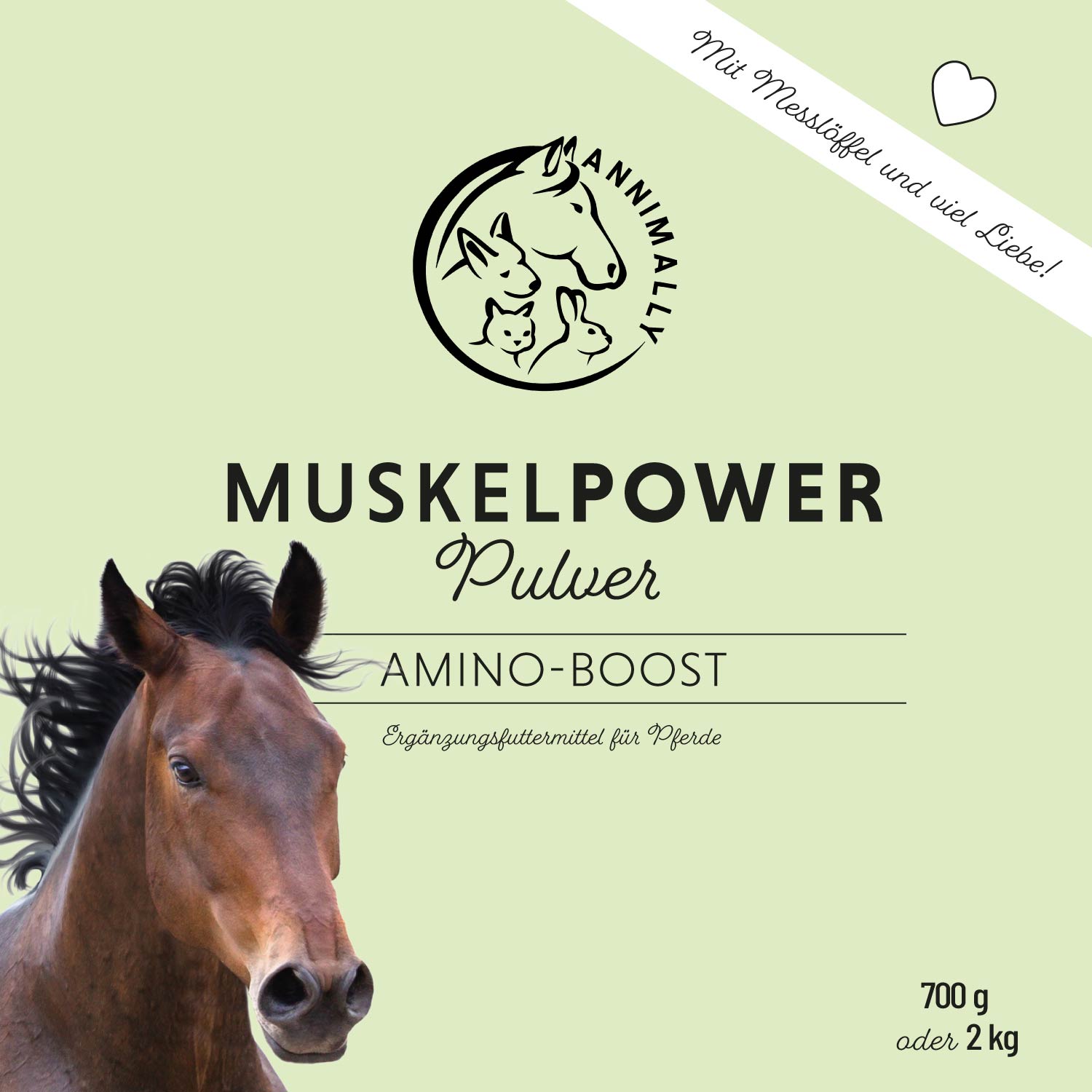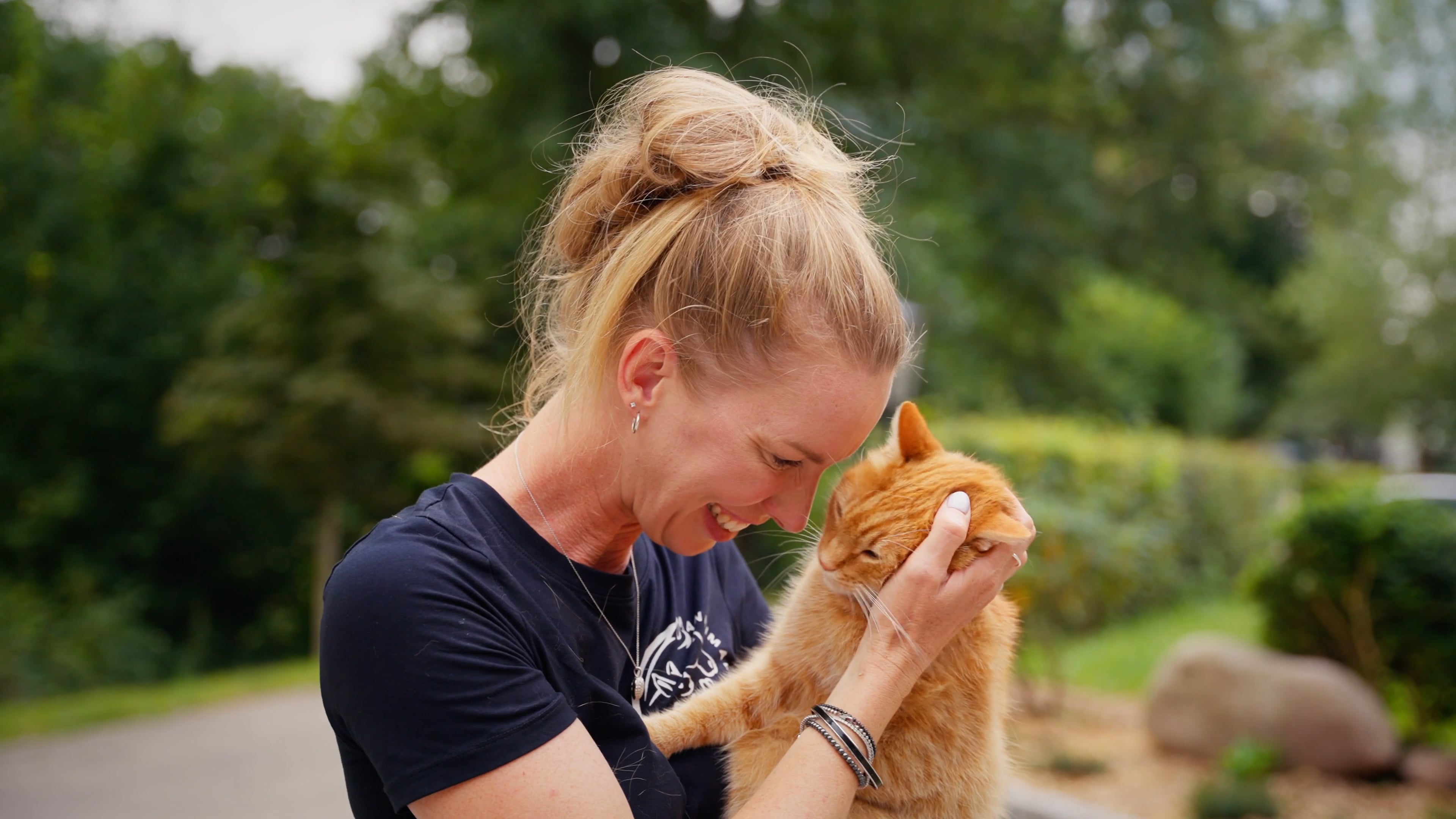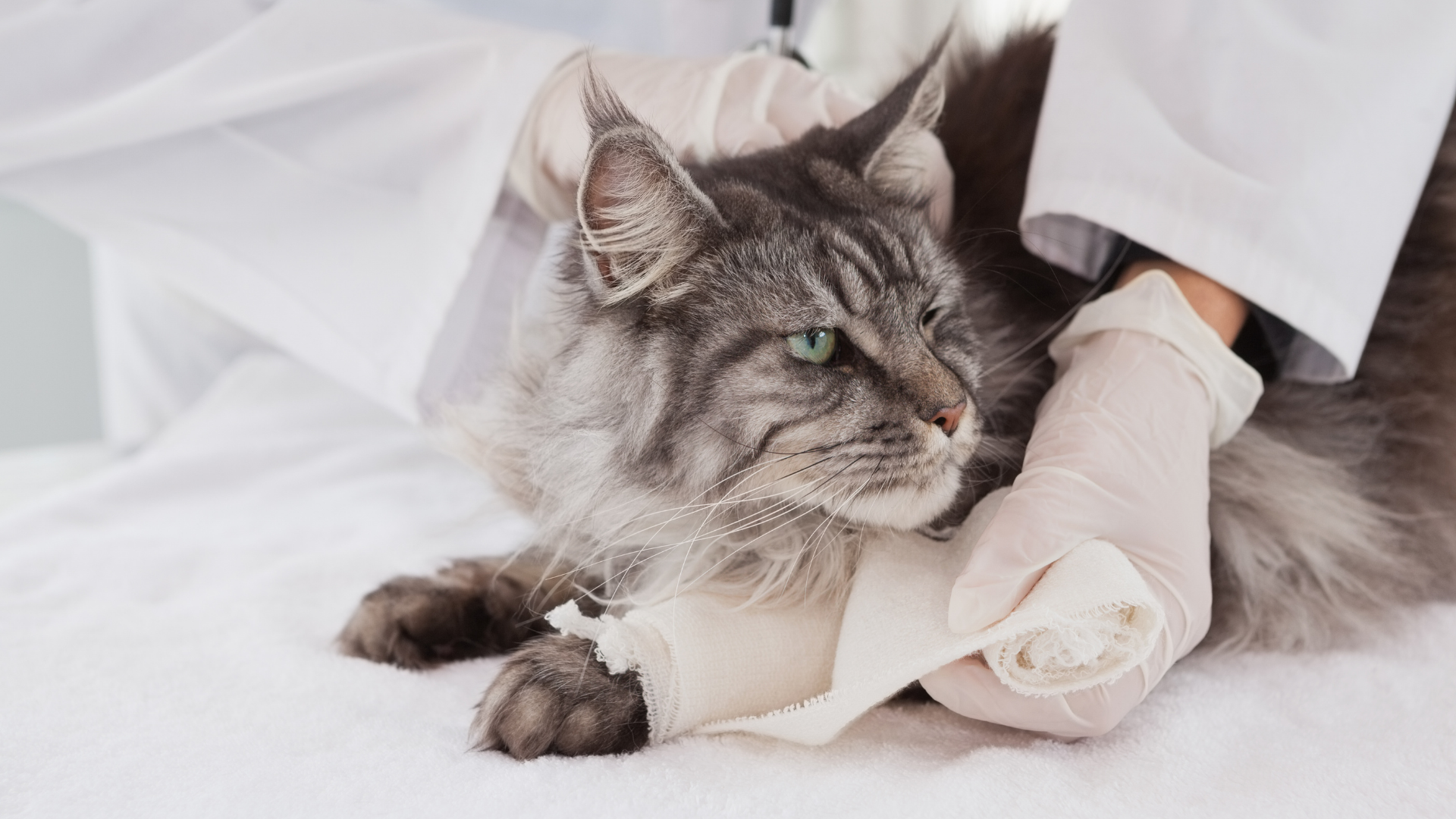
Cat limping: arthritis and other causes
If your beloved velvet paw limps and can no longer walk properly, the worries are great. Your cat's life is full of adventures: Jumping over fences, climbing trees and chasing mice. It can happen that your cat jumps on the wrong side of the fence and gets injured. As soon as Kitti no longer jumps light-footedly through one of the seven cat lives and limps, action is called for. But what are the actual reasons why your little house cat has problems walking? We explain to you what the reasons for your cat's limping can be and how you can prevent certain diseases.
Why your cat is limping

If your little cat limps, there are various reasons for it. With your cat's active lifestyle, it can happen that a jump is missed during all the adventures, a neighbour's cat gets cheeky or the paw twists on uneven ground. But also different diseases, such as arthrosis, can be the reason why your cat limps.
Strains and sprains
Climbing trees, jumping over fences - cats are always on the move. If your cat does not land perfectly on its four paws during a jump or falls, minor strains or sprains are the result. In many cases, these heal on their own and only need a little rest. To rule out fractures, your vet will certainly take an x-ray.
Fractures
A broken bone in your cat is a serious matter and will not heal on its own. In order for the bone to grow back together properly, your cat will have to spend the next few days in splints or a cast. A fracture is usually caused by a fall or an accident. In the case of complicated fractures, an operation is sometimes necessary so that the fracture can heal properly.
Claw torn out
Climbing trees or cushioning jumps - cats need their claws every day. If your darling was a bit too overconfident during an adventure, it can quickly happen that a claw tears out. Often it will bleed profusely where the claw was injured. Clean the paw with water and wound spray and put a small bandage on it. If the paw swells, your cat is in a lot of pain or can no longer walk, you should visit the vet immediately.
Burns
Especially in summer, asphalt floors get much too hot for the sensitive cat paws. If your cat walks on a floor that is too hot, burns can form under its paws. There is also a danger in the household: the hotplate. If your pet has burnt its paws, rinse them under cold water. Depending on the severity of the burns, you should go to the vet immediately.
Bites
If your cat has had a fight with the neighbour's cat, the little bully may bring home bruises such as bite wounds. It is not uncommon for your cat to limp after small territorial fights. If the wounds are bleeding heavily and your cat is in pain, you should definitely go to the vet and have your cat examined. You should also disinfect and observe the smaller wounds. Cat bites from foreign tigers unfortunately get infected quickly.
Arthrosis
If cats limp, this can also indicate a disease with arthrosis. Older or overweight pets in particular are rarely spared from the joint-wear syndrome. Unfortunately, arthrosis itself cannot be cured. However, you can make life a little easier for your cat with painkillers and food supplements and prevent the arthrosis from getting worse. You should consult your vet directly about possible joint disease. Symptoms that indicate arthrosis are limping, swollen joints and changes in behaviour.
Cat is limping - what to do?
If your cat is limping, it is best to consult a vet. With the bare eye, you usually can't tell if your cat has only slightly pulled its leg or if it has a serious fracture and is in a lot of pain.
If your cat only has a slight limp and you do not notice any other symptoms, you can wait a day before taking your cat to the vet. If your cat is only uncomfortable for a short time, he will probably lie down or sleep a lot to rest. However, if the limping persists or worsens, there is no time to lose and you should take your cat to the vet.
You should see the vet immediately if you notice these signs

Go to the vet immediately if your cat can no longer walk and is in severe pain.
- nods his head every time he appears
- cannot be touched
- refuses the food
- has swollen paws or legs
- has visible injuries, such as (bite) wounds
- staggers, walks funny or the legs slip away
- has paralysed hind legs
Watch your cat closely as soon as you notice a limp. Limping is a serious symptom in cats, and it can worsen over time, especially with fractures or other fractures.
Prevention and support of the musculoskeletal system

As soon as your cat has problems with its legs or paws, it is time to go to the vet. But you also have various possibilities to support your cat's musculoskeletal system in advance to avoid illnesses later on.
- Proper food, especially during growth: Make sure to feed nutrient-rich food for optimal development during growth.
- Feed supplements for the joints: powders like our Joint Complex simply mix it into your cat's food. The natural ingredients provide optimal support for your cat's joints.
- Avoid excess weight: Older cats tend to have an increased risk of osteoarthritis. If your cat is overweight, the risk of developing osteoarthritis increases again.
- Sufficient exercise: The best prevention against osteoarthritis later on is sufficient exercise. Therefore, play with your cat regularly so that it gets enough exercise. However, avoid big jumps or tight turning manoeuvres, as these put extra strain on your cat's joints.
If you take care of your cat from a young age with a healthy diet, appropriate food supplements and sufficient exercise, you can minimise the risk of arthritis or other diseases. However, certain cat breeds are more prone to joint diseases than others.

